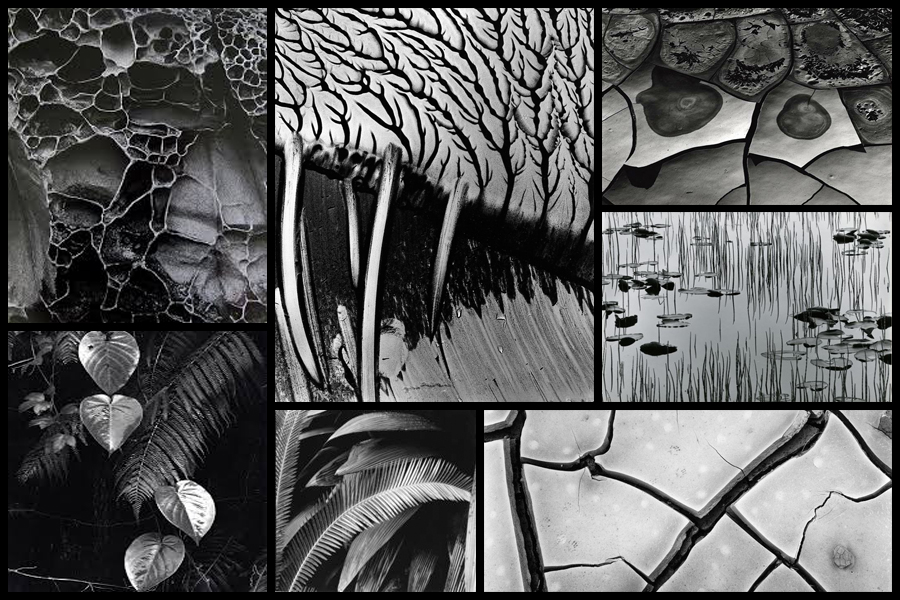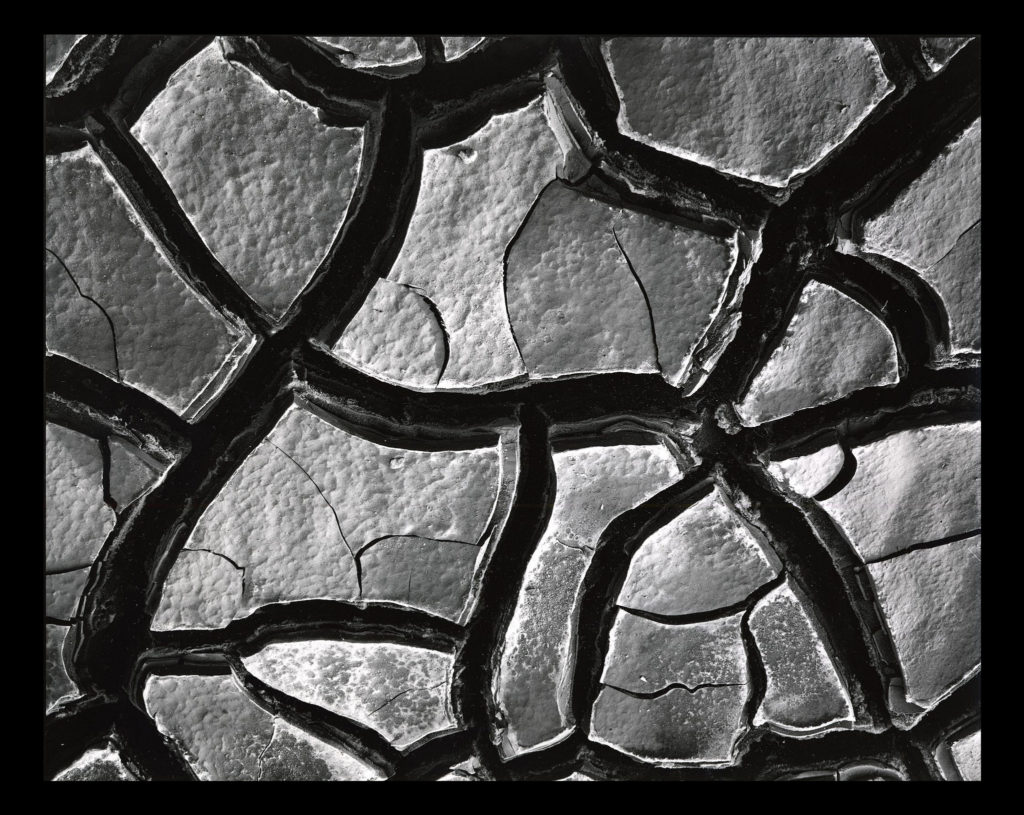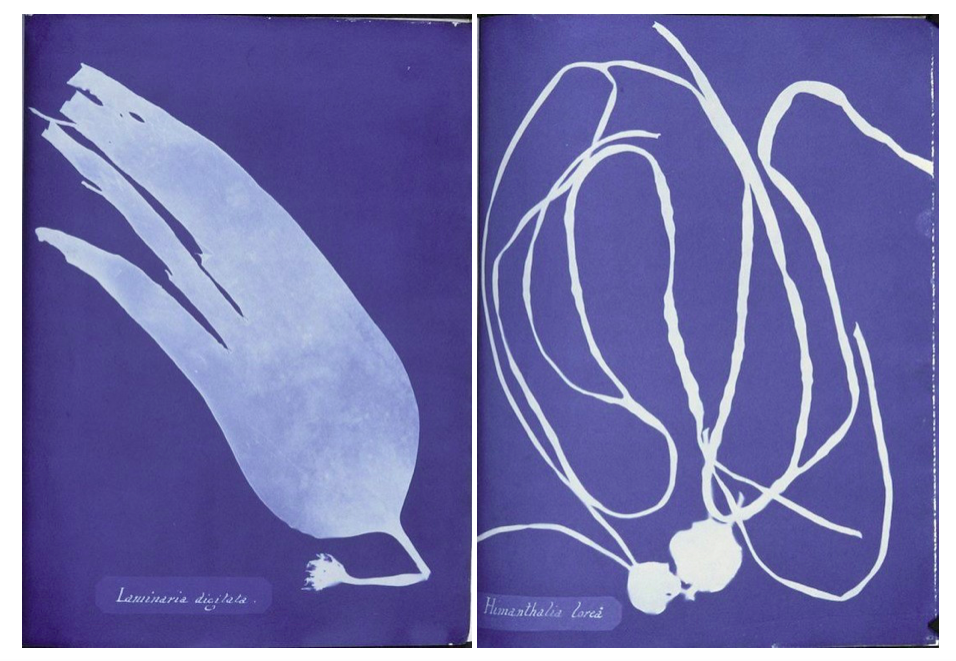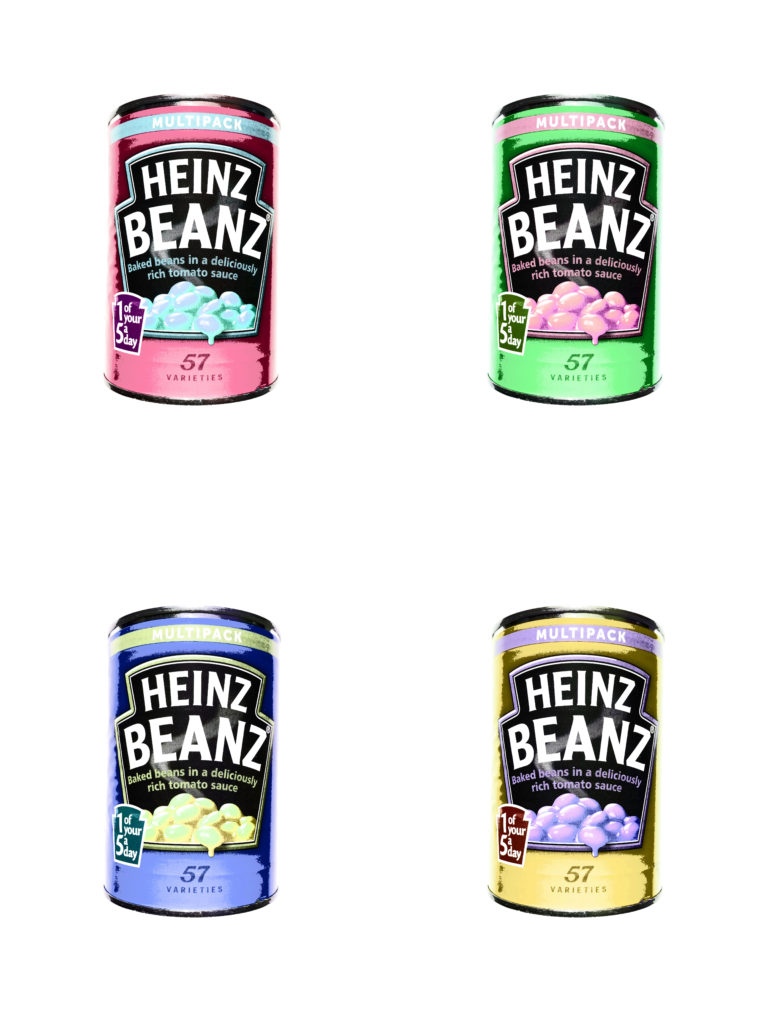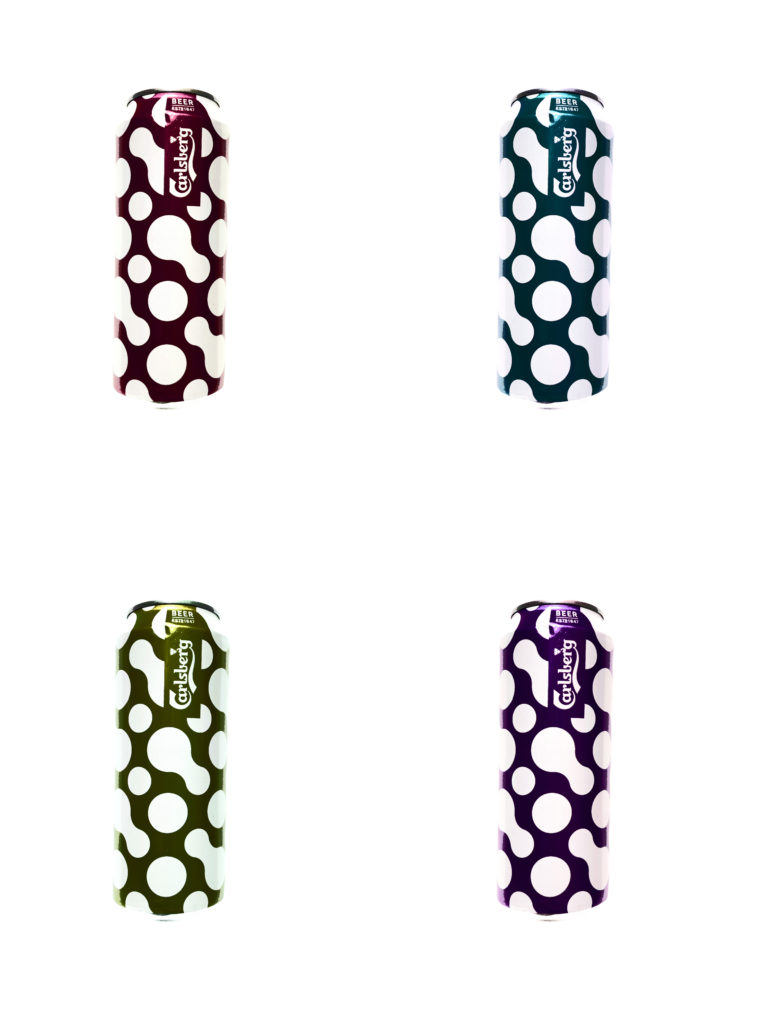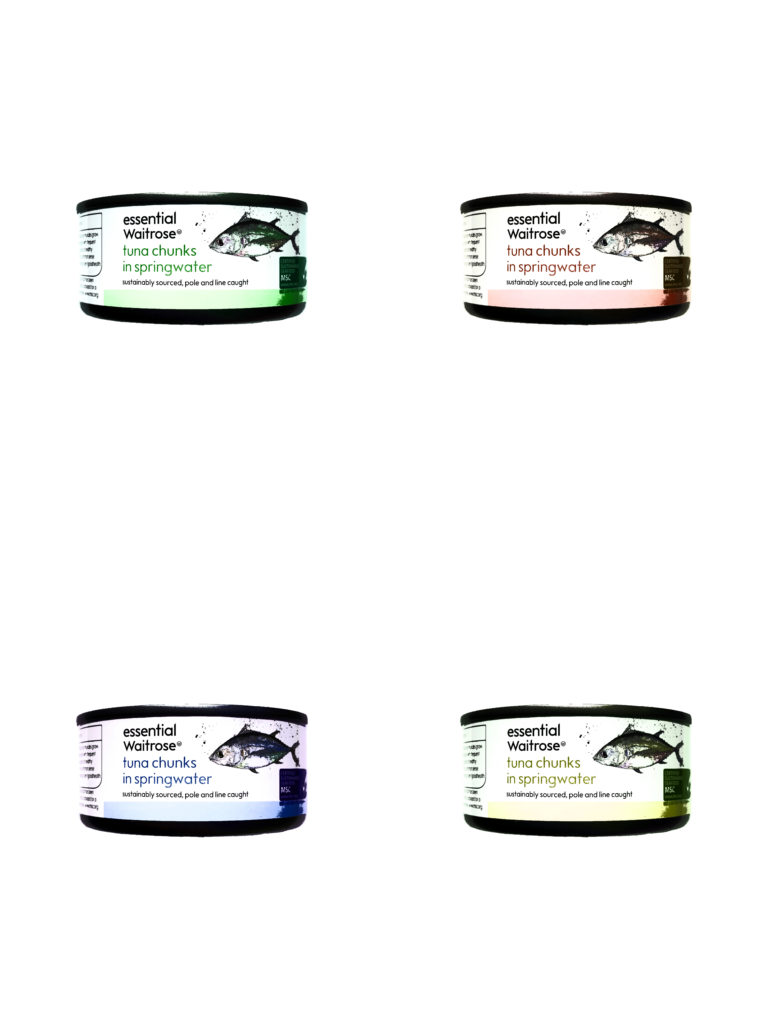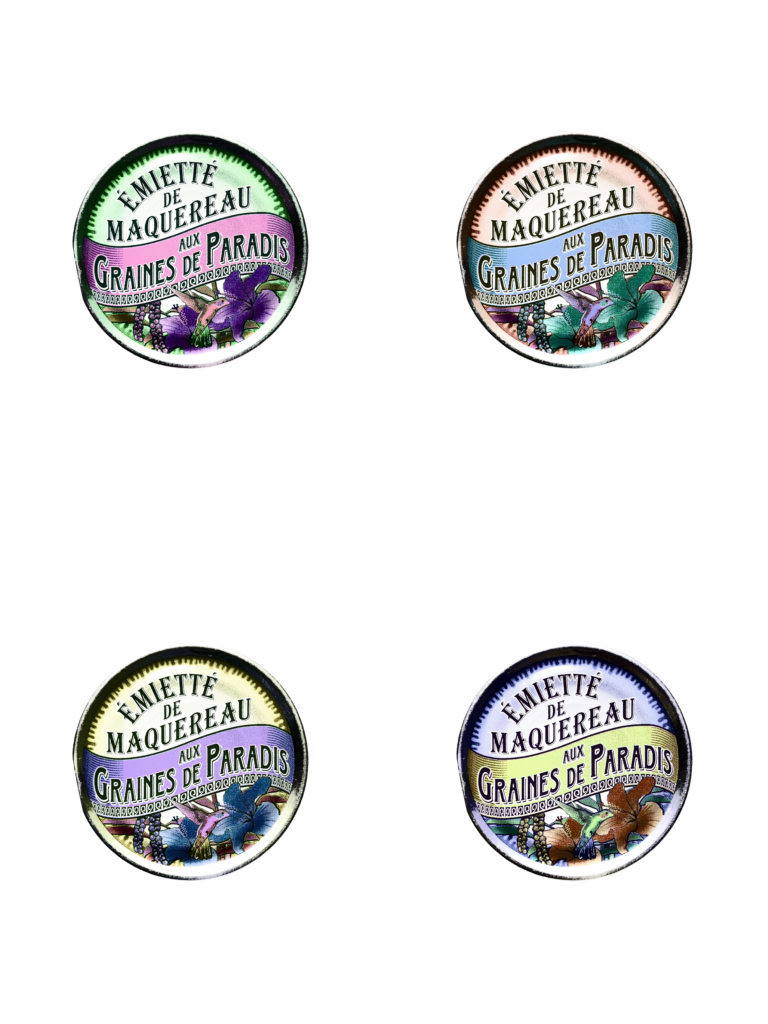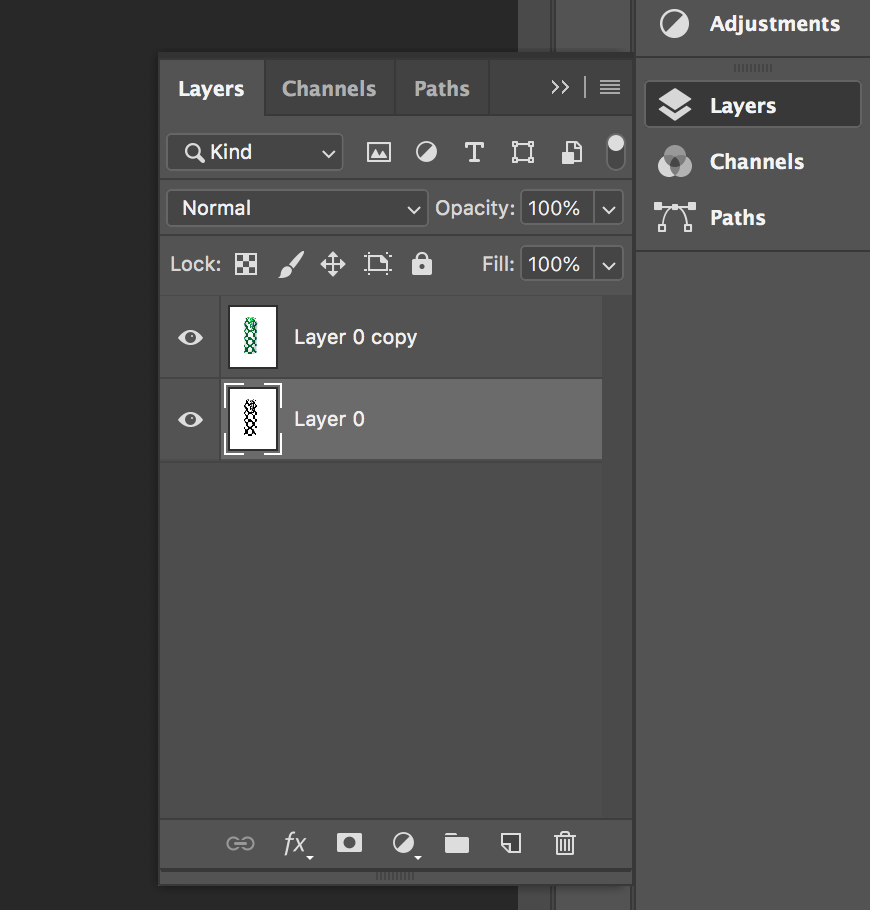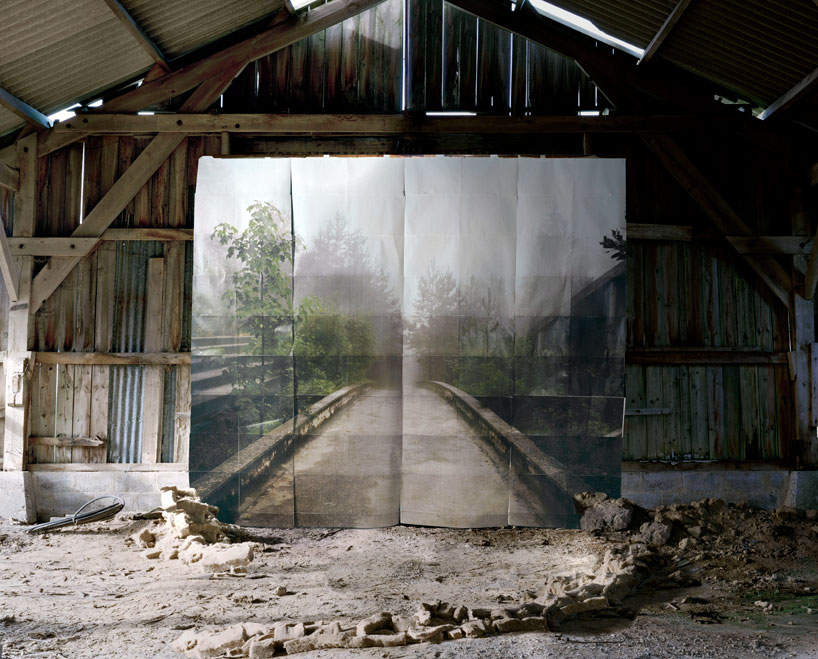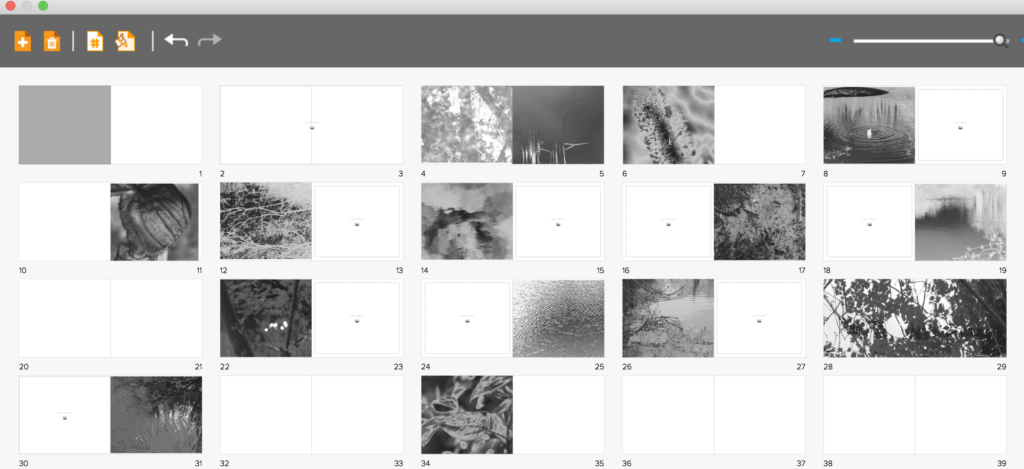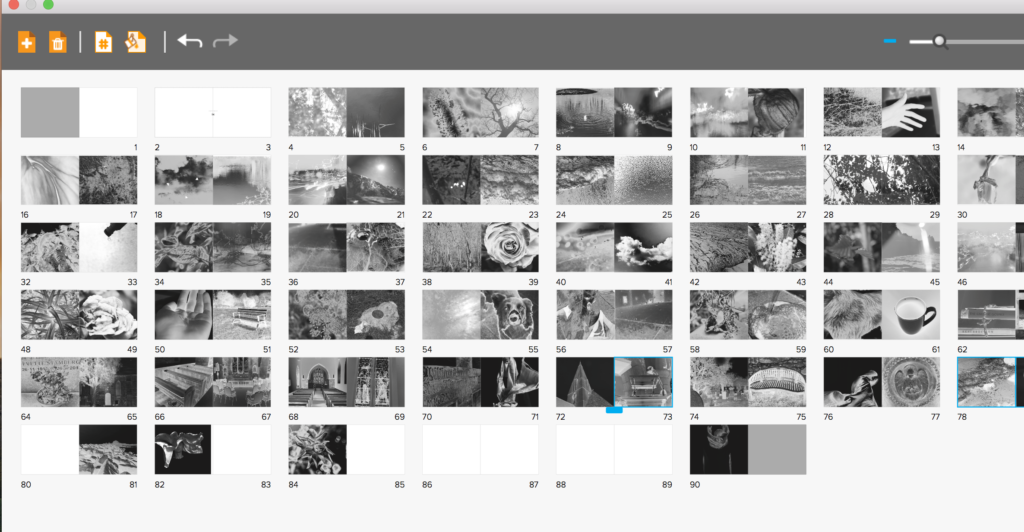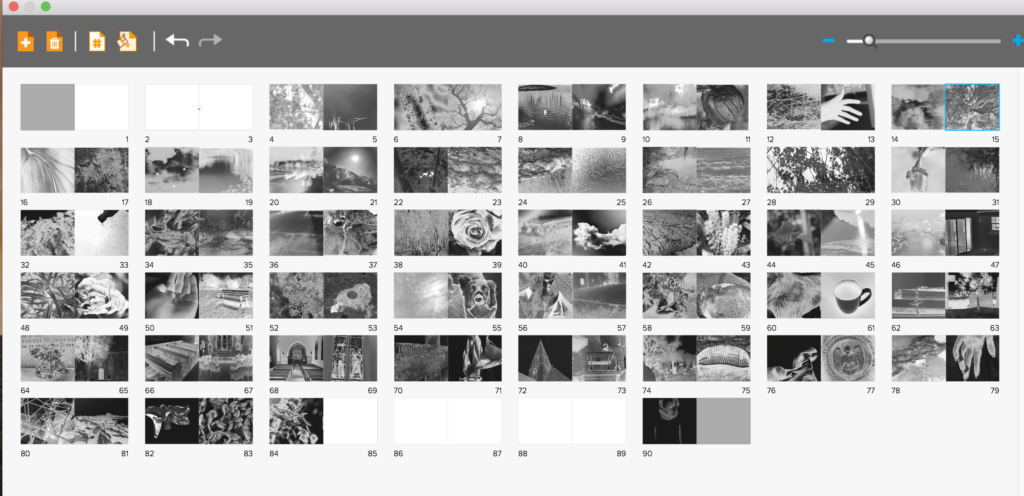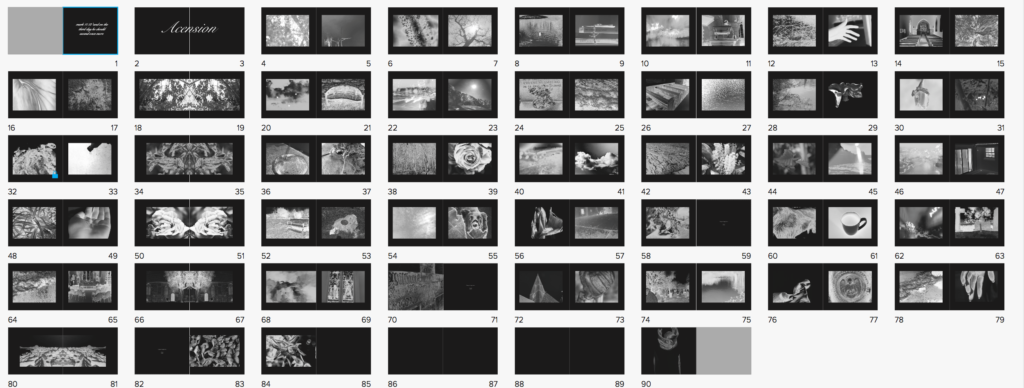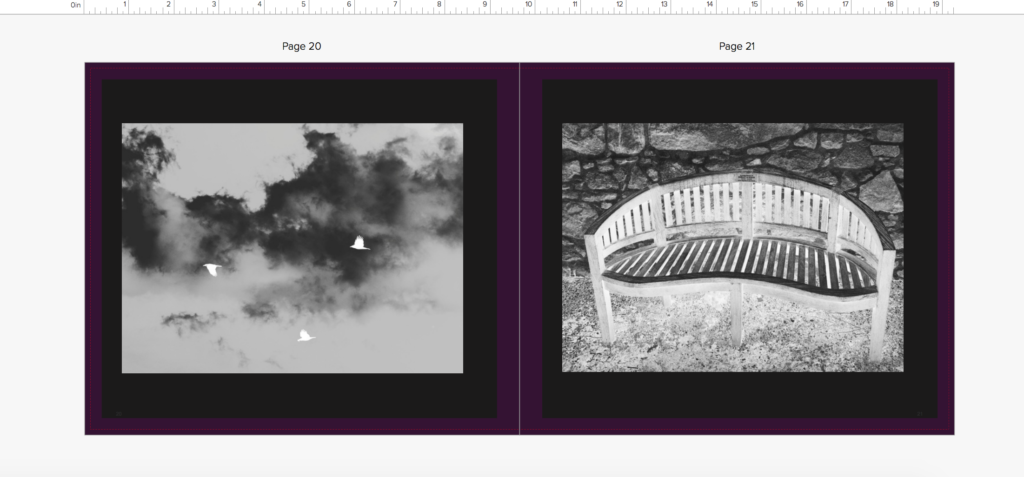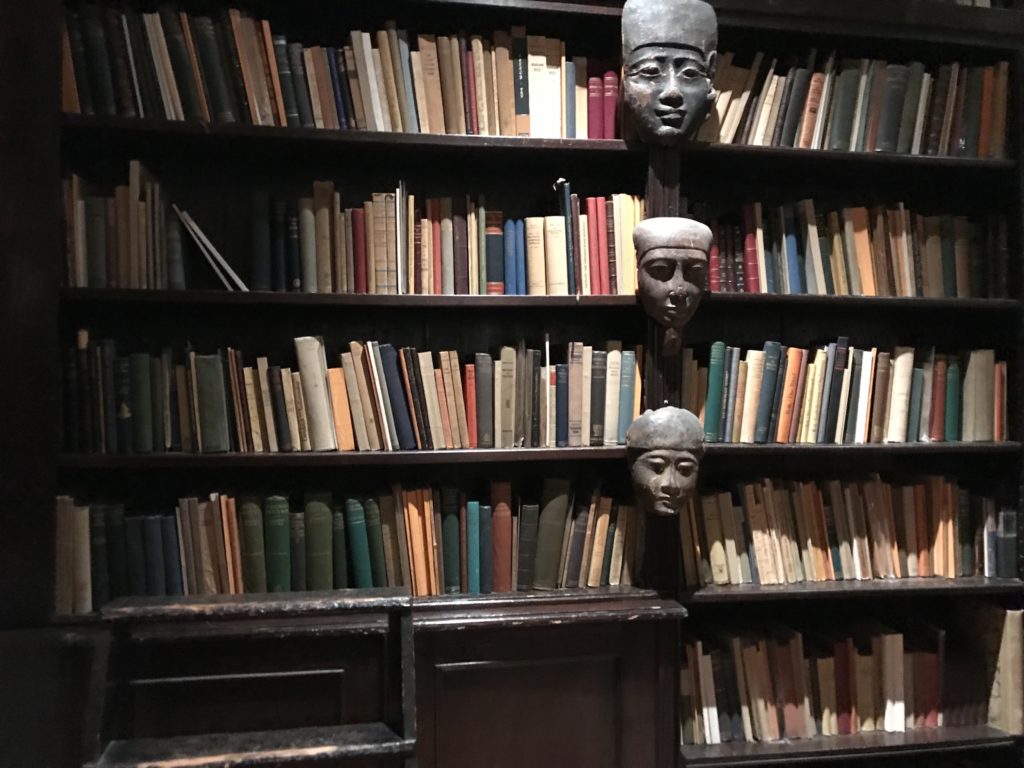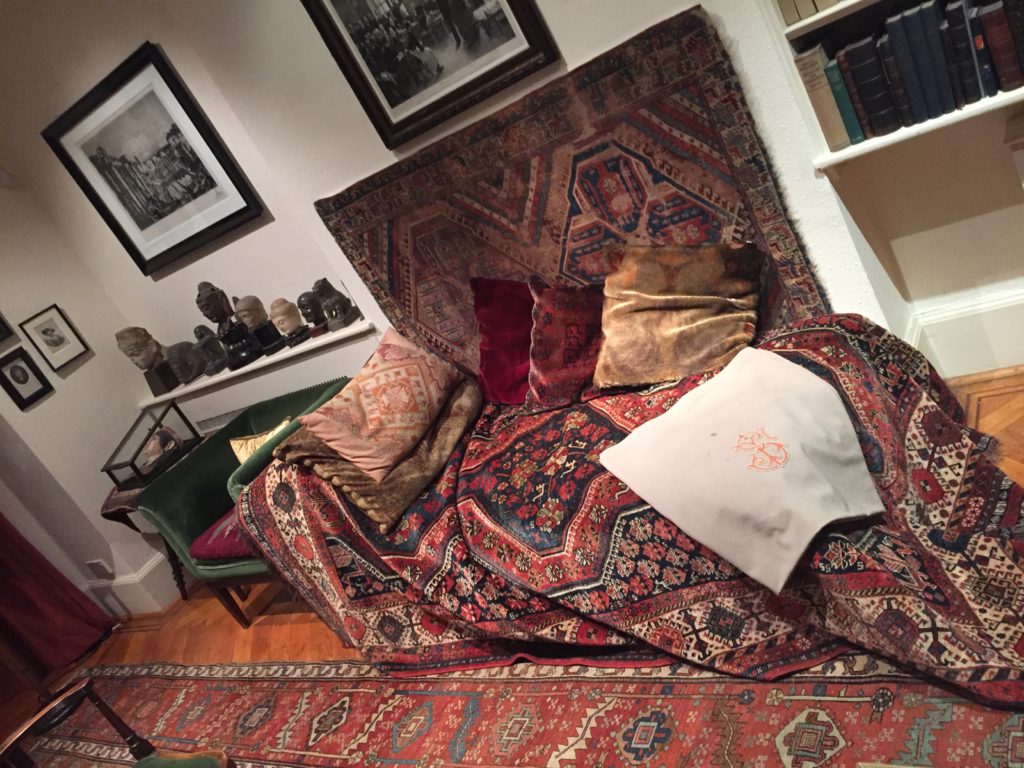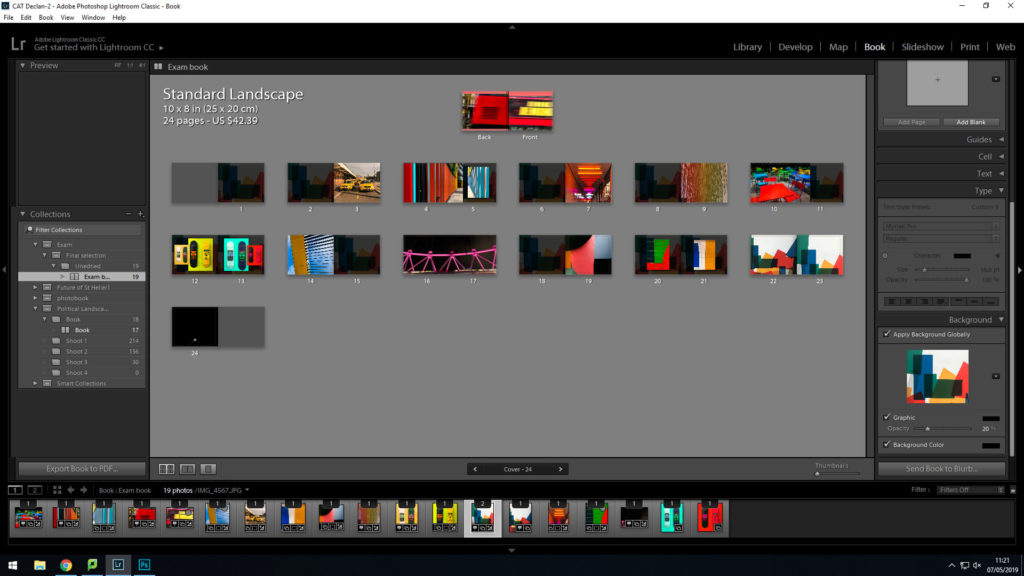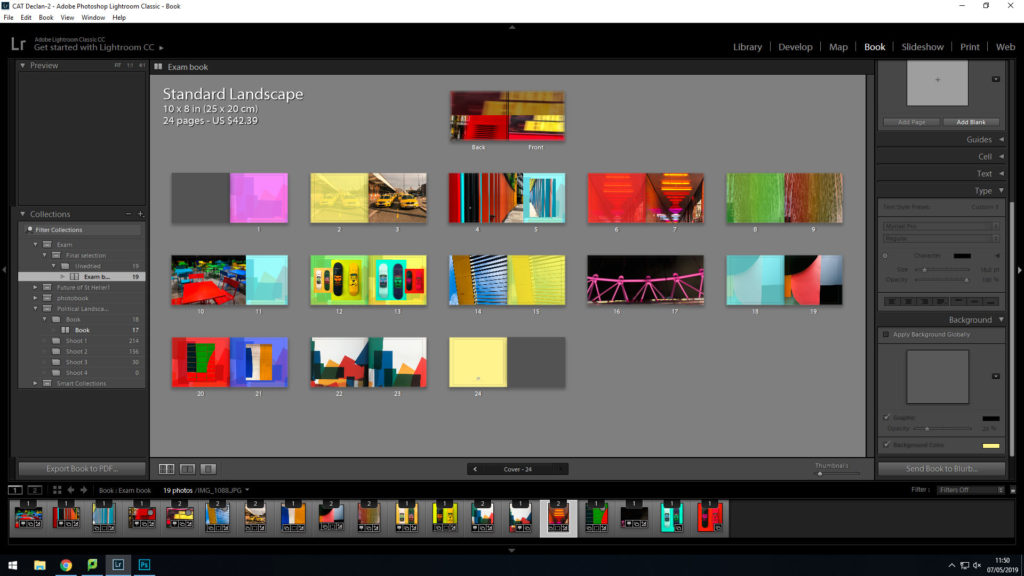
In End of an Age, British photographer Paul Graham captures the threshold moments that mark the ending of adolescence, the small slice of time between youthful indulgence and the emerging awareness of adult responsibilities. His photographs resonate between these two poles: between full-on consciousness and escape; between seeing the world with shocking clarity and the desire to hide oneself from that reality. It is a situation that each of knows and remembers all too well, a traumatic time. And it is often the threshold of a profound psychological transformation.
“It is a time when things are deeply felt, when you appear to see things very clearly, sometimes with brilliant intensity, and you believe passionately in what you can achieve, but then you also have to escape from that, to let go, to unburden yourself…The visual duality of the work reflects that duality in life – between the power of stone-cold reality and the need to escape that: get drunk, turn away, close your eyes, get stoned.” – In an interview with the author of ‘Paul Graham’ published by steidlMACK
The photographs alternate between ultra-sharp direct flash images where every detail is minutely recorded, and the opposite extreme, with loose available-light photographs, saturated with colour, blurred and sometimes poorly focused. These compelling colour images are portraits in the fullest sense – images that seek to reflect on the inner self through our material presence.
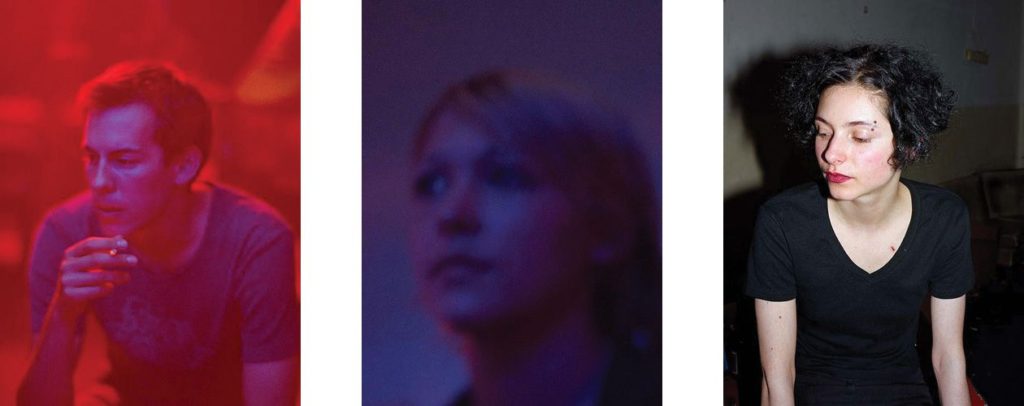
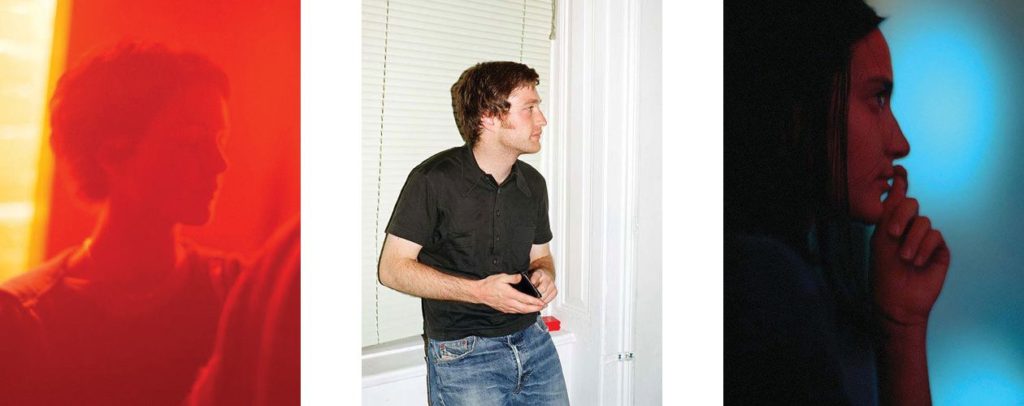
When he made the pictures for End of An Age Graham was between 39 and 42 years old, whereas the young people in his pictures were around 17 to 27. His work looks back at the pleasures and discomforts of youth now consigned to the past. Although some appear to be photographed in social situations (the lighting often suggests clubs and bars), the exact locations, individually and collectively, are deliberately withheld.
“I think it’s better that I withhold the location. Anyone can see that these are young, white, First-World westerners, but beyond that, it’s best to keep it non-specific and more universal. The minute I say that these pictures were taken in Stockholm or wherever, everyone will say “Oh, so this is how young Swedes are today,” or “It’s a portrait of young Sweden,” and that’s not the point. I want them to go far beyond any national identity. It’s not Stockholm and it’s not a documentary about young Swedes. It could be anywhere from Germany to Ireland, to the UK, to Spain, to parts of the US.” – in ‘I Blame Elvis’, an interview with Jenefer Winters.
Surprisingly, Graham did not use colour filters for the pictures: “the colour casts come from the available lighting…red or ultra-violet, yellow or green, just whatever light is there, uncorrected.” Subjects also appear to move through a gradual 360-degree turn, a dance-like spin or pirouette. This hints at the question of what is being hidden, the pressures of coming to adulthood and the feelings associated with change itself.
Image Analysis
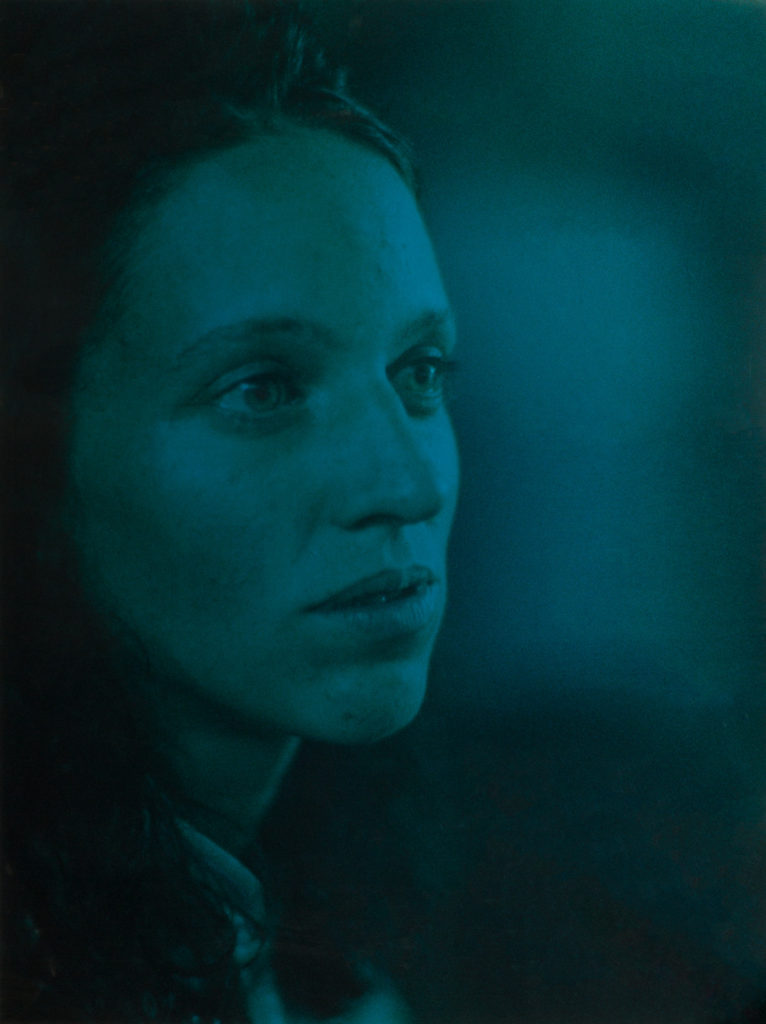
This image depicts a young woman with her face angled, as if looking off into the distance. It is unclear if the photo is staged, or candid, yet the emotion on her face still comes through. Graham composes this image to feature negative space across the right side, this suggests the nightlife environment as she is surrounded in colour. The left side of her face becomes blurred into the background, as her youth becomes associated with this atmosphere.
The colour is not overwhelming as it is not highly saturated nor highly contrasted. This allows the viewer to recognise and relate with the subject’s facial cues.
End of an age evolved from an idea Graham had in 1995 based around a common photographic ‘mistake’, the red-eye reflection so familiar from amateur snapshots. His book opens and closes with images that embrace these ‘errors’: extreme close-ups of young peoples faces with glowing red orbs floating against rough-grained skin tones. He achieves this grain in his images by using highly sensitive ISO’s.
In a way, Graham is using a documentary approach to showcase the lifestyles of the youth, yet he does this in a more minimalistic style, choosing not to present the environment, leaving the emotional strain of growing up to be shown through the facial distinctions on his subjects faces. The relationship he has with these subjects is interesting due to the age gap, signifying the strong difference between the life of the youth and the older generations.
“I was in this city on and off for two years and some of these people became good friends of mine who I know very well and remain in contact with. These people I photographed many times over, whereas others are complete strangers who happened to be standing by me, and I took a picture, and I’ve simply no idea who they are.”


